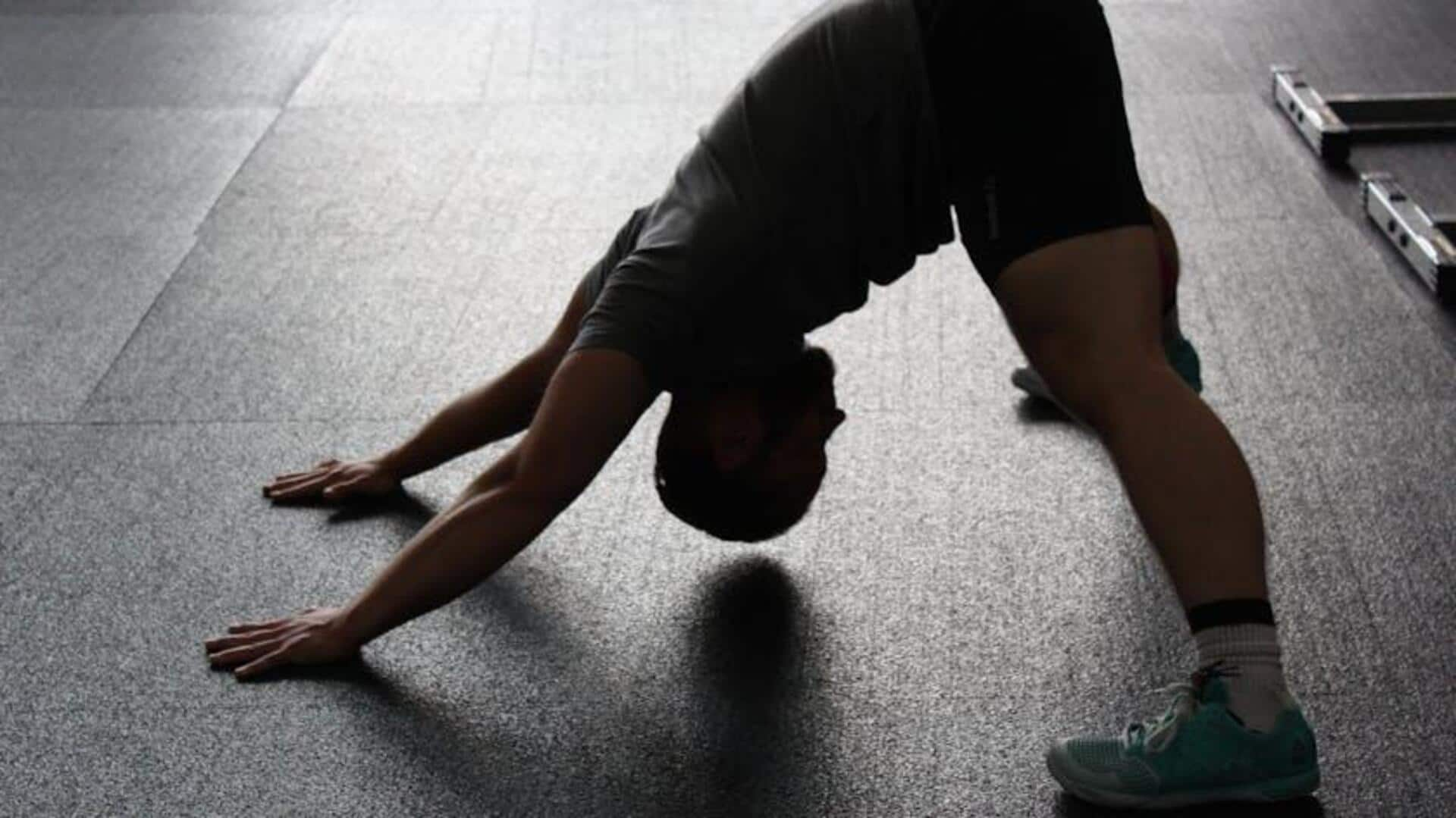
Does stretching reduce muscle soreness?
What's the story
Stretching is often recommended to relieve muscle soreness post-exercise. Many believe that adding stretching to their routine could help reduce discomfort and improve flexibility. However, the effectiveness of stretching in reducing soreness still remains a debate among fitness buffs and experts. Here, we explore various insights related to stretching and its impact on exercise-induced muscle soreness, giving you a clearer picture of the common practice.
Muscle soreness
The science behind muscle soreness
Muscle soreness, especially delayed onset muscle soreness (DOMS), usually follows unfamiliar or intense physical activity. It is thought to be caused by microscopic damage to muscle fibers during exercise. While stretching may not necessarily prevent this damage, it can increase blood flow and may help with recovery by directing nutrients to the affected muscles.
Techniques and timing
Stretching techniques and timing
Different types of stretching (static vs dynamic) fulfill different purposes. While static stretches are often performed post-exercise for relaxation, dynamic stretches are more appropriate for warm-ups. When you do these stretches can also affect how effective they are. For example, dynamic stretches before a workout may improve performance but not necessarily lessen post-exercise soreness.
Flexibility in recovery
Role of flexibility in recovery
Although flexibility is an important component of your overall fitness, it doesn't directly translate into less sore muscles. Increasing your flexibility with regular stretching can increase your range of motion and lower your chances of injury in the long run. However, it's important to remember that flexibility alone won't ensure that you aren't sore after a demanding workout.
Alternative methods
Alternative methods for soreness relief
Aside from stretching, alternative methods such as foam rolling or massage also provide significant relief from muscle soreness. These techniques specifically target myofascial release, effectively alleviating tension within the muscle tissues. Unlike traditional stretching that mainly aims to enhance flexibility or blood flow, foam rolling and massage address the muscle's internal structures. They offer a more direct approach to soreness relief.
Consistency
Importance of consistency in exercise routine
In fact, consistency in your workout is what goes a long way in preventing you from having another bout of severe DOMS. It helps your muscles adapt over time instead of being pushed to their limits by the untrained muscle groups. Instead of experiencing it first with irregular sessions with high-intensity exercises you never did before, you start with regular sessions. After that, you stay consistent.